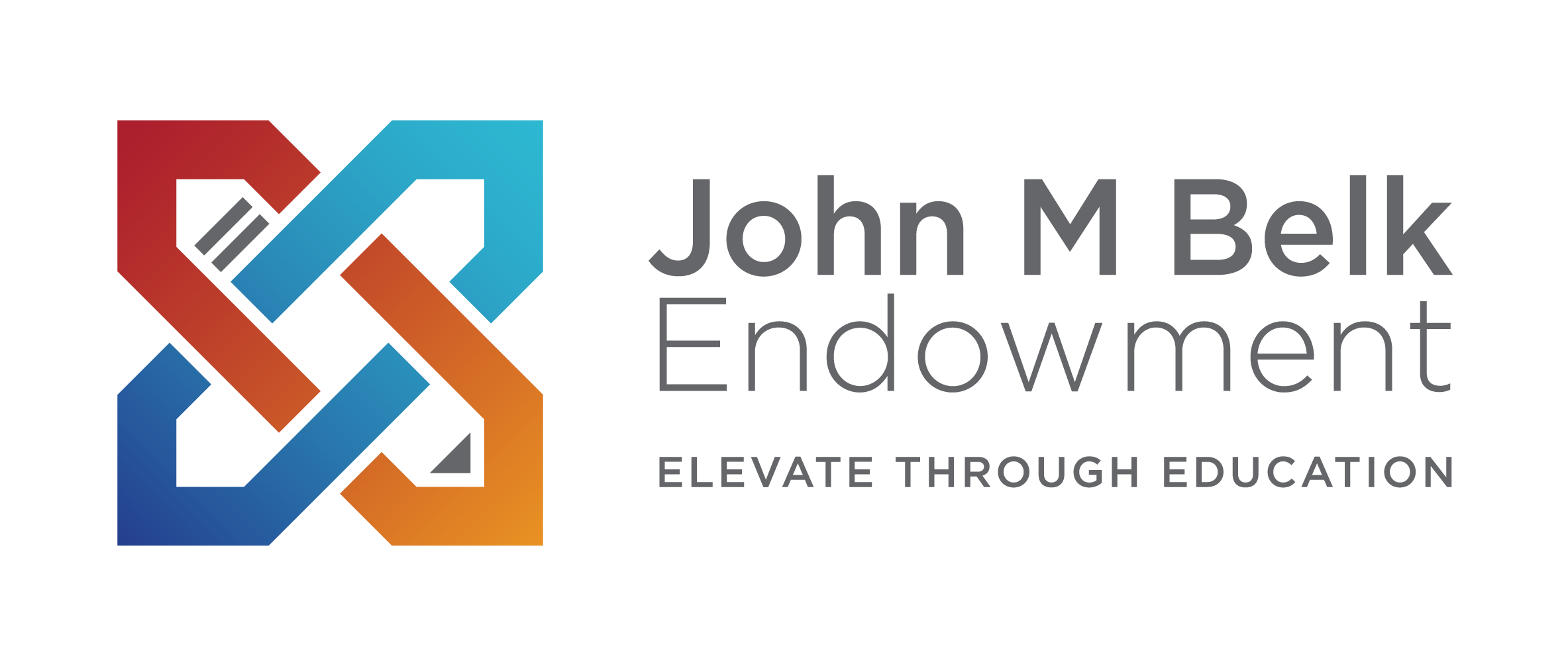Raleigh, N.C. – The NCWorks Commission, the state workforce development board, voted today to recommend that the regions currently served by 23 local workforce development boards be realigned to help support economic development activities and better meet the needs of employers seeking to fill jobs. Should local elected officials across the state choose to follow the Commission’s recommendation, any resulting requests for realignment of the current 23 local administrative areas could become effective in 2023, in a process that is governed by federal law.
Today’s vote by the private-sector-led NCWorks Commission marks the conclusion of a study on workforce board alignment the Commission has been conducting since November 2021.
“As we emerge from the pandemic, it is critical to make sure our workforce development is aligned with the jobs that are being created and recruited,” said Governor Roy Cooper “This alignment initiative is an important component of keeping North Carolina competitive, prosperous and growing.”
“A strong system of local workforce development boards is essential to support North Carolina’s equitable economic recovery,” said Tom Rabon, Chair of the NCWorks Commission. “Aligning with economic development activity can give the workforce development system increased capacity to craft strategic solutions from a regional level, helping both jobseekers and employers to succeed.”
“As North Carolina’s ‘First in Talent’ Plan emphasizes, strengthening our workforce is the key to economic development success,” said North Carolina Commerce Secretary Machelle Baker Sanders. “Anything we can do to help businesses recruit, hire, and train the workers they need will make our communities and our entire state more competitive. By keeping our focus on supporting talent, North Carolina can meet the needs of the employers who already call our state home and attract even more good jobs.”
The federal Workforce Innovation & Opportunity Act of 2014, the law governing the public workforce system, encourages alignment between workforce development and economic development regions. Meanwhile, state law encourages the use of eight Prosperity Zones to support economic development and to provide service to citizens and businesses. Realignment could take a number of different forms based on local and regional needs. Local leaders may elect to maintain their current boundaries.
The recent alignment study sought to consider how to enhance workforce services to customers, particularly employers, amid the current tight labor market and a changing economy. With a few exceptions, North Carolina’s current map of local workforce areas has been in place since the 1990s, and much of it dates back to the 1980s.
In making its recommendation, the NCWorks Commission provided eight guiding principles to support local leaders in making their decisions regarding local workforce development areas. These principles are:
- Seek to better the lives of North Carolinians through realignment: Support changes to the workforce development board system that will prioritize access to services for job seekers and employers, efficient use of available resources, and responsiveness to local and regional needs.
- Expand local workforce development board access: Reduce the number of single-county workforce development boards to better reflect labor market and commuting patterns.
- Decrease redundancy among local workforce development boards within economic development areas: Minimize the overlap of workforce development boards across multiple Prosperity Zones and, as applicable, Councils of Government, to better promote alignment with economic development activities.
- Better align community college and workforce development board service areas: Minimize the overlap of workforce development boards across multiple community college service areas.
- Match local workforce development board outreach to area jobseeker and business customer needs: Maximize the average percentage of individuals who live and work in the same region to be more reflective of current labor and commuter patterns.
- Ensure consistent service, strong visibility, and sufficient capacity among local workforce development boards: Support policies that will strengthen the visibility and capacity of workforce development boards as well as partnerships between workforce and economic development entities to make certain that employers and jobseekers receive consistent service and response across the state.
- Allow flexibility for administrative entities: Support existing administrative entities, including Councils of Government (COG), non-profits, and city/county governments, to remain in their administrative role, even if newly redrawn workforce area boundaries are different from previous boundaries.
- Consider further review of the broader workforce system: While the role of workforce boards is central in workforce development, they are part of a broader system which may benefit from additional changes to further promote alignment and efficiency.
The NCWorks Commission recommends policies and strategies that enable the state’s workforce and businesses to compete in the global economy. The Commission is designated as the state’s Workforce Development Board under the federal Workforce Innovation and Opportunity Act. Led by a private sector chair, the 37-member Commission includes representatives from the business community, heads of state workforce agencies, educators, and community leaders.







